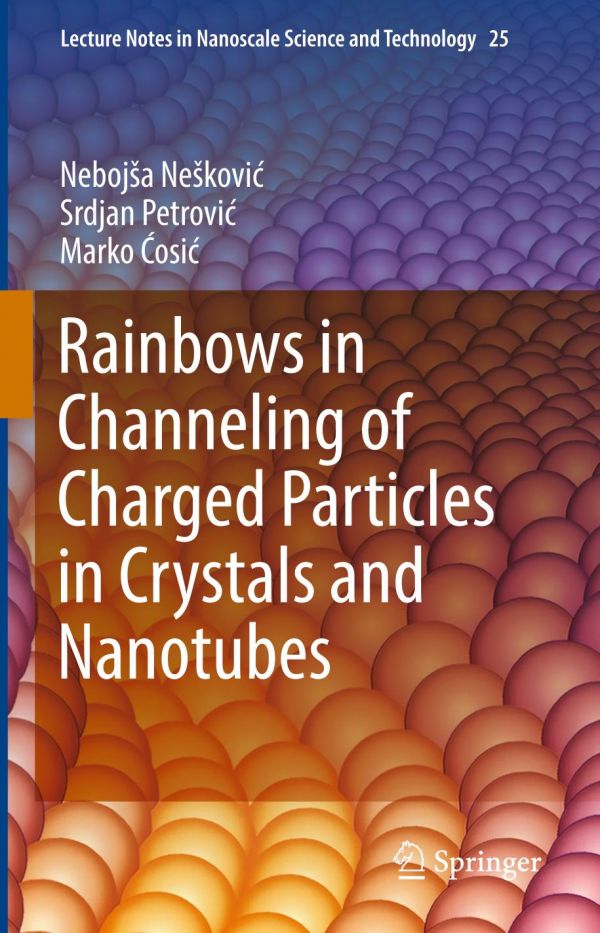

Most ebook files are in PDF format, so you can easily read them using various software such as Foxit Reader or directly on the Google Chrome browser.
Some ebook files are released by publishers in other formats such as .awz, .mobi, .epub, .fb2, etc. You may need to install specific software to read these formats on mobile/PC, such as Calibre.
Please read the tutorial at this link: https://ebookbell.com/faq
We offer FREE conversion to the popular formats you request; however, this may take some time. Therefore, right after payment, please email us, and we will try to provide the service as quickly as possible.
For some exceptional file formats or broken links (if any), please refrain from opening any disputes. Instead, email us first, and we will try to assist within a maximum of 6 hours.
EbookBell Team

5.0
88 reviewsThis book discusses the effects, modeling, latest results, and nanotechnology applications of rainbows that appear during channeling of charged particles in crystals and nanotubes. The authors begin with a brief review of the optical and particle rainbow effects followed by a detailed description of crystal rainbows, which appear in ion channeling in crystals, and their modeling using catastrophe theory. The effects of spatial and angular focusing of channeled ions are described, with special attention given to the applications of the former effect to subatomic microscopy. The results of a thorough study of the recent high-resolution channeling experiments performed with protons of energies between 2.0 and 0.7 MeV and a 55 nm thick silicon crystal are also provided. This study opens up the potential for accurate analysis of very thin crystals. Also presented are recent results related to rainbows occurring in proton transmission through carbon nanotubes, and a detailed quantum consideration of the transmission of positrons of an energy of 1 MeV through very short carbon nanotubes. This process is determined by the rainbow effect. The initial positron beam is represented as an ensemble of non-interacting Gaussian wave packets, and the principal and supernumerary primary rainbows appearing in the spatial and angular distributions of transmitted positrons are clearly identified. They are explained by the effects of wrinkling, concentration and coordination of the wave packets.